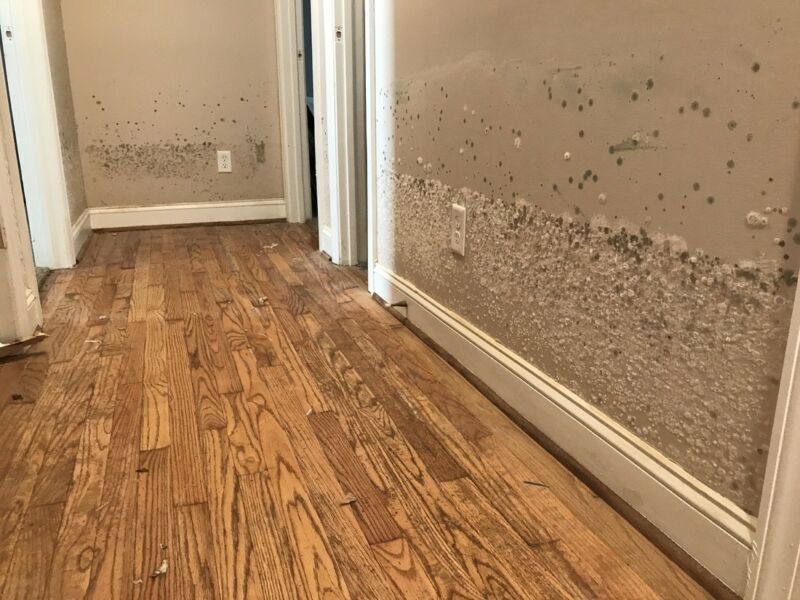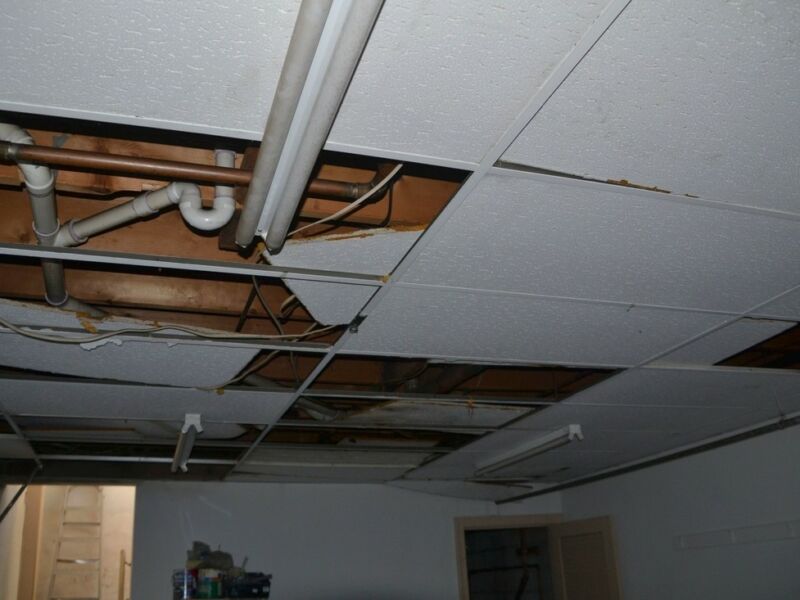
Introduction
Water damage can wreak havoc on homes and cause significant damage to various components, including flooring materials. This article will explore the different types of flooring commonly found in homes and how they can be affected by water damage. We will also discuss how to assess the extent of the damage and determine the best course of action for restoration.
Flooding and Flooring
Flooding is one of the most common causes of water damage in homes. When water enters a property, it can quickly penetrate various flooring materials, leading to structural damage, warping, and mold growth. Different types of flooring materials react differently to water, and understanding their vulnerabilities is crucial in the restoration process.
Hardwood Flooring
Hardwood flooring is highly susceptible to water damage. When exposed to excessive moisture, the wood can warp, buckle, and even rot. It is essential to address any water damage to hardwood floors promptly to prevent further deterioration and expensive repairs.

Laminate Flooring
Laminate flooring can be more resilient to water damage compared to hardwood. However, prolonged exposure to standing water can cause the laminate layers to delaminate, resulting in irreversible damage. Immediate action is necessary when dealing with water damage on laminate floors to prevent further issues.
Carpet Flooring
Carpet flooring is highly absorbent and prone to retaining moisture. When exposed to water damage, carpets can become breeding grounds for mold and bacteria. It is crucial to quickly remove and thoroughly dry carpets to prevent the spread of contaminants.
Tiled Flooring
Tiles are generally more resistant to water damage due to their impermeability. However, water can still seep through cracks or gaps in the grout, leading to subfloor damage and mold growth. Proper assessment and restoration are necessary to mitigate any potential issues.
Concrete Flooring
Concrete flooring is relatively resistant to water damage. However, prolonged exposure to water can result in efflorescence, where minerals and salts from the concrete are drawn to the surface, causing discoloration and weakening of the structure. Proper drying and sealing are essential to prevent long-term damage.
Assessing Water Damage
When dealing with water damage to flooring materials, it is crucial to assess the extent of the damage accurately. This assessment will determine whether the floors can be salvaged or require replacement. Here are some key steps to assess water damage:

1. Identify the source of water intrusion
Determining the cause of the water damage is crucial to prevent further issues. Whether it’s a burst pipe, a leaky roof, or flooding, addressing the source is the first step in resolving the problem.
2. Document the damage
Take photographs or videos of the affected areas, capturing the extent of the damage. This documentation will be useful for insurance claims and restoration professionals.
3. Determine the affected area
Identify the boundaries of the water-damaged area. This step helps in understanding the scope of the restoration process and planning accordingly.
4. Assess the condition of the flooring materials
Examine the flooring materials thoroughly to check for any signs of warping, discoloration, mold growth, or structural damage. Depending on the severity of the damage, restoration options can be explored.
5. Consult with professionals
For an accurate assessment of the damage and appropriate restoration recommendations, it is advisable to consult with water damage restoration professionals. They have the expertise and equipment to assess and mitigate the damage effectively.
Restoration and Repair
The restoration and repair process for water-damaged flooring materials depends on the type and severity of the damage. In some cases, simple drying and cleaning may be sufficient, while in severe cases, replacement may be necessary. It is essential to work with professionals who specialize in water damage restoration to ensure proper restoration and prevent further issues such as mold growth or structural deterioration.
Conclusion
Water damage can cause significant harm to flooring materials in homes. Understanding the vulnerabilities of different flooring types and knowing how to assess and address water damage is crucial for homeowners. Prompt action, proper assessment, and professional restoration are essential to minimize damage, save costs, and ensure a safe and healthy living environment.
What should I do if my hardwood floors are water-damaged?
Can laminate flooring be repaired after water damage?
Important Facts and Statistics
– Homes in the United States leak over one trillion gallons of water every year.
– Approximately 10% of households waste over 90 gallons of water each day through minor leaks and drips.
– Water damage affects around 1.6% of homes nationwide in any given year.
– After a flash flood, immediate water damage restoration is required to prevent further damage.
– The cleaning and remediation of assemblies, such as flooring materials, often require professional water damage restoration services.
Additional Resources
– Water Damage Restoration Collection Articles
– The Best Water Damage Restoration Services of 2023
– Water and Flood Damage Cleanup Guide
– Water Damage Restoration and Flood Cleanup
– Best Water Damage Restoration Services of 2023
– Tips and Tricks for DIY Water Damage Cleanup



